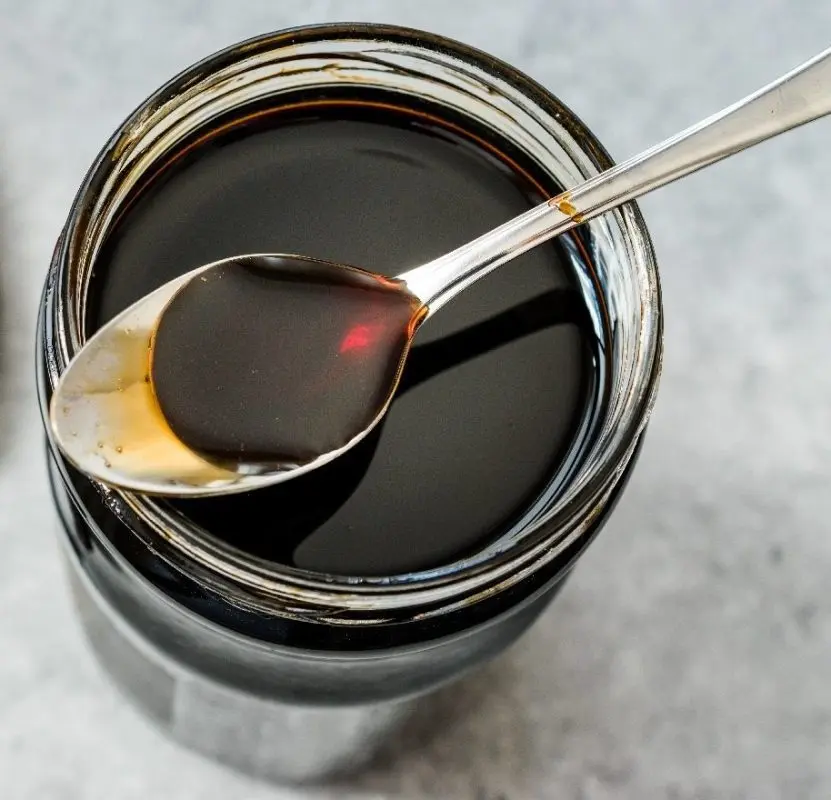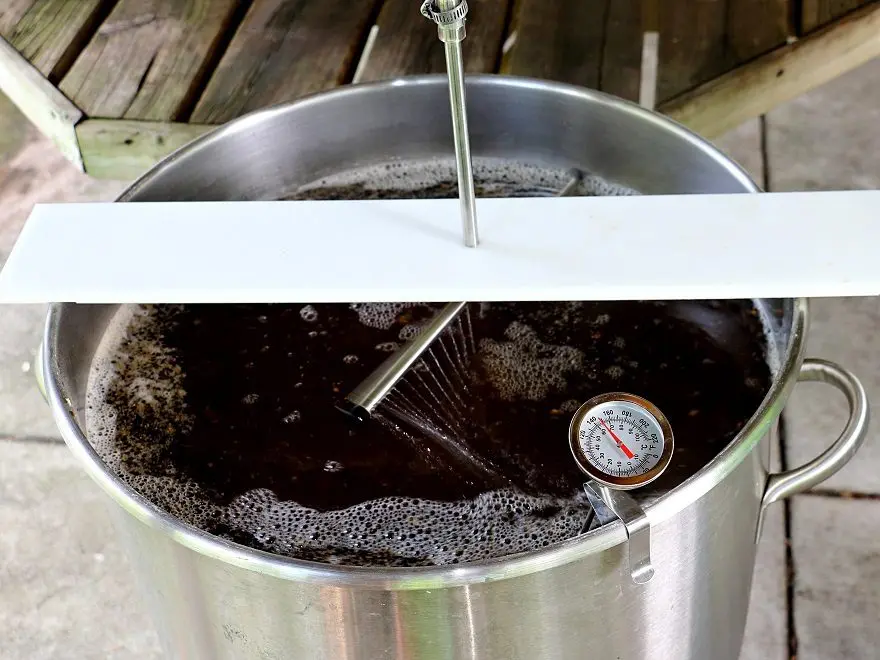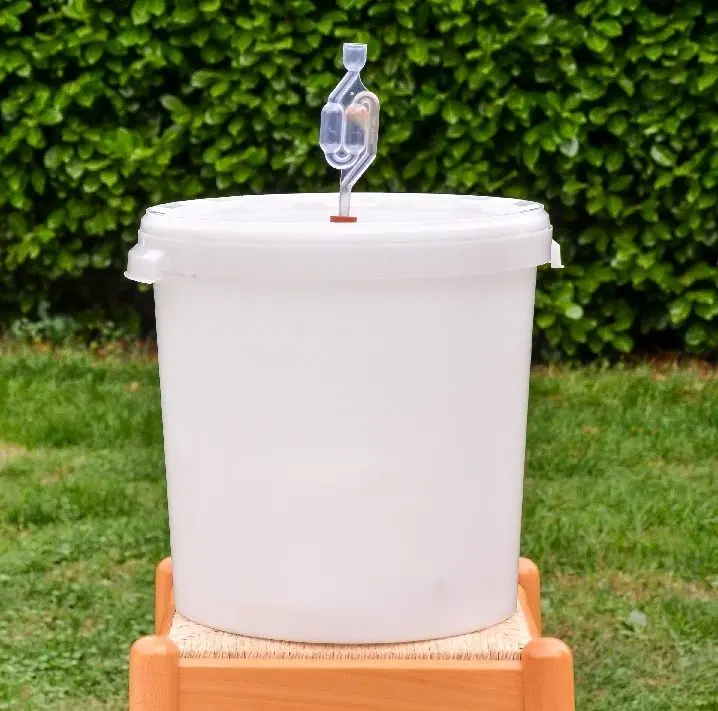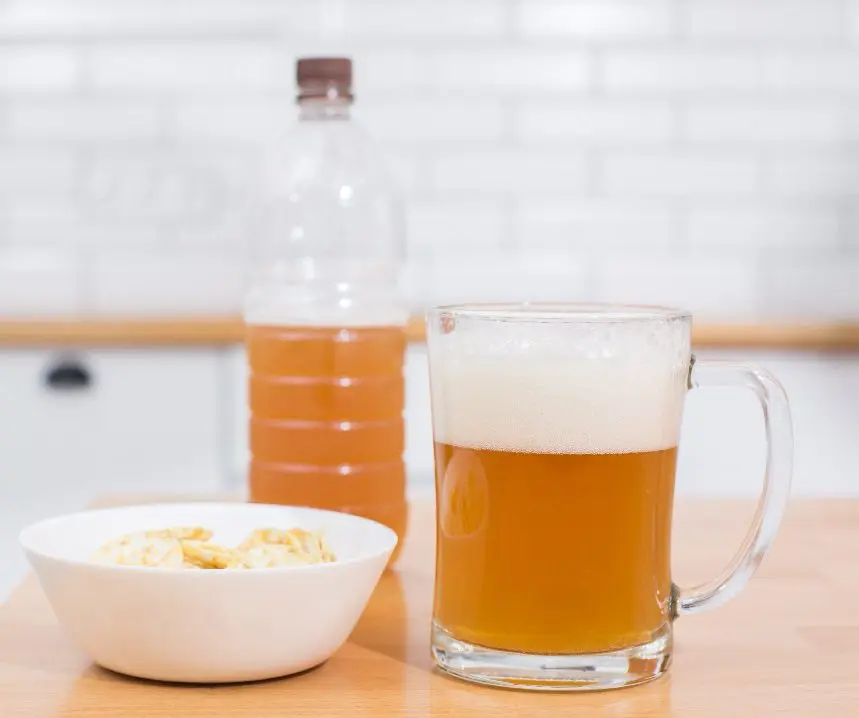Contents
Brewing beer from extract is very attractive for beginners, as it allows you to make real homemade beer without malt (grain) and special equipment (enough pots and a fermentation tank). Subject to all the rules, the drink comes out better than most store varieties.
Appropriateness of the method
In fact, working with beer extract is a simplified classic brewing technology that gives you the opportunity to try your hand, gain experience and understand how interesting it will be to do this business in the future. That is, is it necessary to spend money (large enough) on malt, hops, yeast, various devices and microbreweries.
For most people, it is easier to buy ready-made beer in a store, unfortunately, the understanding of this fact comes only after buying equipment under the influence of home brewery advertisements, which promise simplicity and “mountains of gold”. In fact, there are enough difficulties in brewing, besides, the process itself takes a lot of time.
Theory
Beer concentrate (extract) – hopped or unhopped beer wort, usually dark in color and thick in consistency (like gel or condensed milk), prepared at the factory according to the classical brewing technology, from which a maximum of liquid was subsequently removed by evaporation for better storage and convenient transportation.
This concentrate is made from barley and wheat malt (or a mixture) by boiling and saccharification of grain, observing all the rules and temperature pauses. If hops were added during preparation, the extract is considered hopped.

Often, along with the concentrate, the manufacturer supplies all the kit required for brewing: hops (for unhopped wort), brewer’s yeast, as well as instructions for proper brewing, which indicates the technology, the correct temperature regime and the amount of water. For beginner brewers, this is very convenient, since you do not need to select yeast (top or bottom fermentation), alpha acidity and hop types for a specific malt, and then calculate the proportions.
Universal Extract Beer Recipe
Ingredients:
- beer concentrate – 1,7-1,8 kg (pack);
- water – 22 liters;
- sugar (dextrose or fructose) – 1 kg;
- hops and yeast – from the set to the extract.
Of the mandatory equipment you will need: a fermentation tank with a volume of 32 liters, two pots for at least 3 and 5 liters, a water seal, a 1 liter jar with a metal lid, a beer drain tube and bottles (plastic or glass).
Attention! The proposed instruction is exemplary and simply clarifies some points that are poorly written for most brands of concentrates. Much depends on the particular extract and style of beer. Follow the proportions of ingredients and recommendations indicated by the manufacturer.
Use the purest water (filtered or at least settled), the taste of beer depends on it. The best option is bottled water in eggplants.
Experienced brewers do not use beet sugar, as nasty kvass notes can appear in the finished drink. It is best to add dextrose – glucose powder. The second option is to add fructose. Regardless of the sweetener used, the optimal density of beer wort is 15% (can be measured with a hydrometer).
Technology of preparation
1. Disinfection
Prevents contamination of beer with pathogenic microorganisms that can spoil the taste or lead to sourness. For disinfection, you can use iodine solutions (10 ml of iodine per 25 liters of water) or ordinary dishwashing detergents without aromatic additives. Pour the solution into the fermentation container and shake every 2-3 minutes to wet all the walls and the lid.
When first brewing beer from concentrate, beginners usually use detergents. The main thing is to thoroughly rinse the container with running water afterwards to get rid of the remaining foam.
2. Preparation (rehydration) of yeast
During this stage, dry brewer’s yeast is transferred to a liquid working state. As a result, fermentation begins 8-24 hours earlier than if you simply sprinkle dry yeast on the surface of the wort.
Technology: boil separately 300-500 ml of water (not taken into account in the total volume of the recipe), dip a metal lid from a liter jar into boiling water. Steam sterilize the jar itself for 5-10 minutes. Cover the hot jar with a boiled lid, leave for 5-6 minutes to cool. Then open, pour 200 ml of unboiled water at room temperature, sprinkle brewer’s yeast over the surface and close the jar back with a lid. Leave for 10 minutes, do not stir.
3. Boil the wort
Returning the concentrate to its original liquid state.
Simultaneously with the preparation of the yeast, boil 5 liters of water in a large saucepan (at least 3 liters in volume). In another small saucepan with a minimum volume of 3 liters, bring 2 liters of water to a boil.
Pour the malt extract into a large saucepan. Mix until smooth. Add hops if necessary. Cook for 10-15 minutes over medium heat.
To soften the substance, a jar with a very thick malt extract can first be placed in hot water for 5-10 minutes (without opening), then it will be easier to pour the concentrate into boiling water. For initially liquid wort, the warm-up procedure is not required.

Add sugar (fructose or dextrose) to a small saucepan. Stir, bring to a boil, then boil for 5-6 minutes over low heat. If white foam appears, remove with a sterilized or disinfected slotted spoon.
Attention! Some extract manufacturers do not recommend boiling the wort, but immediately adding yeast and fermenting. But in this case, the risk of infecting the beer with third-party bacteria is very high (especially if poorly purified water is used), so it’s still better to at least bring it to a boil, then cool it to the temperature recommended by the manufacturer.
4. Preparation for fermentation
Proper addition of brewer’s yeast to the wort.
Pour 5 liters of water into the fermentation tank in a small stream from a height of about 1 m. This is necessary to saturate the water with oxygen (aerate). As a result, fermentation will be more active. Add diluted beer extract (preferably also from a height) and sweet syrup from a small saucepan. Mix. Shake the jar of yeast well for 2-3 minutes to speed up rehydration.
Pour 12 liters of cold water into the fermentation tank from a height of 1 meter. If possible, check the density with a hydrometer, the optimal value is about 15%. Cool the wort to the temperature for adding yeast (indicated in the instructions, but not higher than 30°C). Shake the yeast in the jar again and in a thin stream, evenly over the entire surface, add to the wort. Install a water seal on the container.
5. Fermentation
Yeast converts sugars into alcohol.
Transfer the beer wort to fermentation in a dark room and leave at the temperature recommended by the manufacturer of the malt concentrate. If everything is done correctly, fermentation will begin in 4-12 hours.

On average, the fermentation of beer from the concentrate lasts 10-12 days, after which the airlock stops releasing gas, and the sweetness becomes minimal (less than 1% by hydrometer or the readings do not change for the last 12 hours).
6. Carbonation and aging
At this stage, the beer is saturated with carbon dioxide (carbonated) and put on maturation to improve the taste.
Steam sterilize or disinfect well-washed bottles. Add 1 heaping teaspoon of dextrose (fructose or sugar), which will cause a slight re-fermentation, which will release carbon dioxide.
Pour the fermented beer through a straw into bottles, without touching the sediment at the bottom. Leave 2-3 cm of free space to the neck. Seal tightly with stoppers.
Transfer the filled bottles to a dark place with the temperature recommended in the instructions (usually 20-24 ° C). Leave for 7-60 days of gassing and maturation (the period depends on the type of beer, wheat varieties ripen fastest). Manufacturers of beer concentrates indicate the aging period.
The last step is to cool the finished beer in the refrigerator. Shelf life – 6-8 months. Fortress – 4,5-5%.

The video shows approximately the same cooking technique.









